Learning at the Concourse: Crosstown High
Key Points
-
Personalized Learning connected to authentic real-world outcomes provides a powerful opportunity for students to take ownership of–and find passion in–their learning.
-
Details such as creatively using space and focusing on culture and relationships provide a strong foundation for innovation.
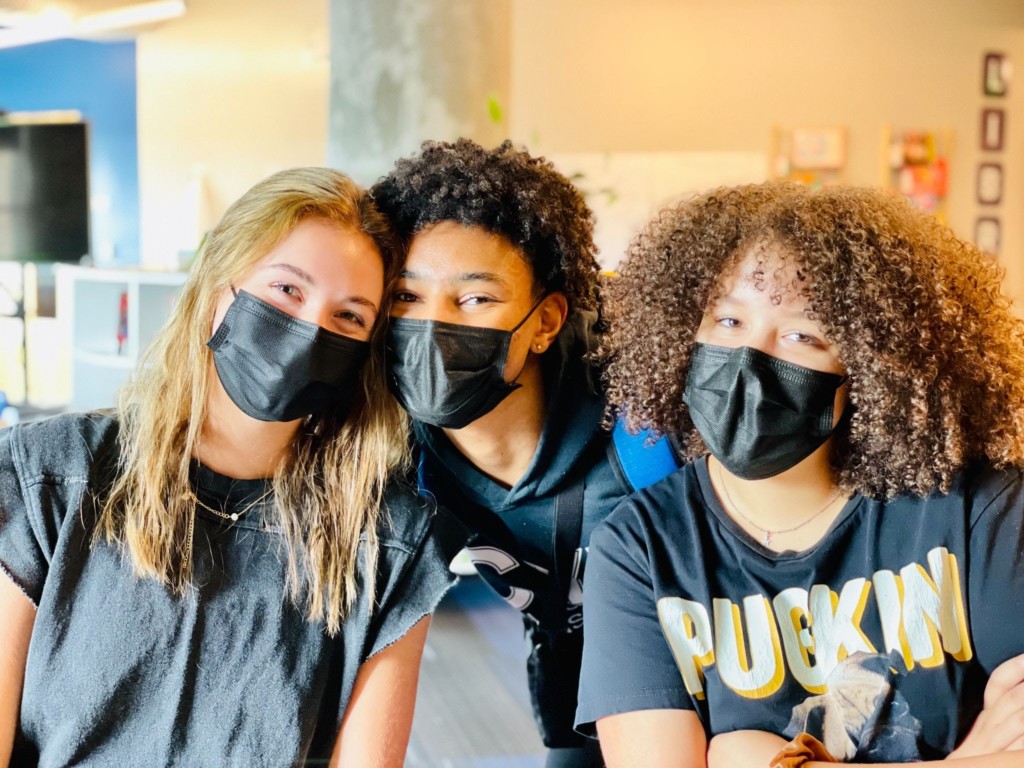
In the heart of midtown Memphis is the Crosstown Concourse, home of Crosstown High. When you walk into the Concourse, you are greeted by high-spirited funk and soul music, which is piped through the atrium’s speakers straight from a local radio station that is located on the ground floor of the building, with a studio window facing the foyer. Before classes begin, high school students mill about greeting their friends and ordering drinks from French Truck Coffee as they wait for the school day to start. The Concourse is home to over 40 businesses, nonprofits and restaurants, with Crosstown High living in a corner on the fourth and fifth floors.
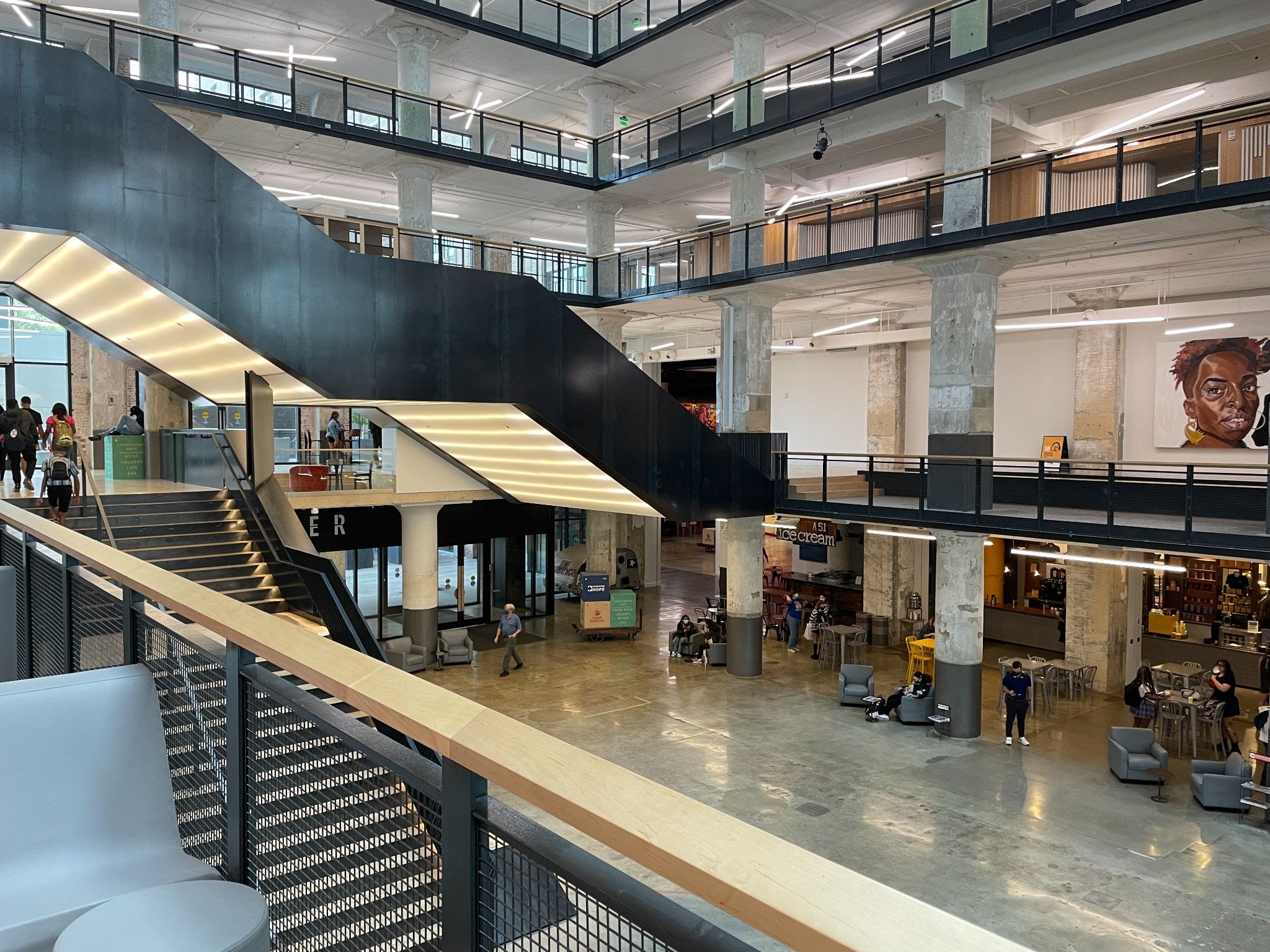
Crosstown High doesn’t just occupy a compelling location–it has made the most of the space through the creative use of classroom and shared areas, prominent displays of student art and creations, and partnerships with groups such as the Church Health Nutrition Hub. They have also received a grant from the XQ Institute to rethink high school. We were grateful to have the opportunity to visit Crosstown in this environment and witness their inspiring example of innovative learning with a meaningful use of space.
Learning at Crosstown High
There is a strong student-teacher rapport and relationship building. As we toured the school, we observed learners engaging in work that was thematically connected across disciplines and connected to their capstone project.
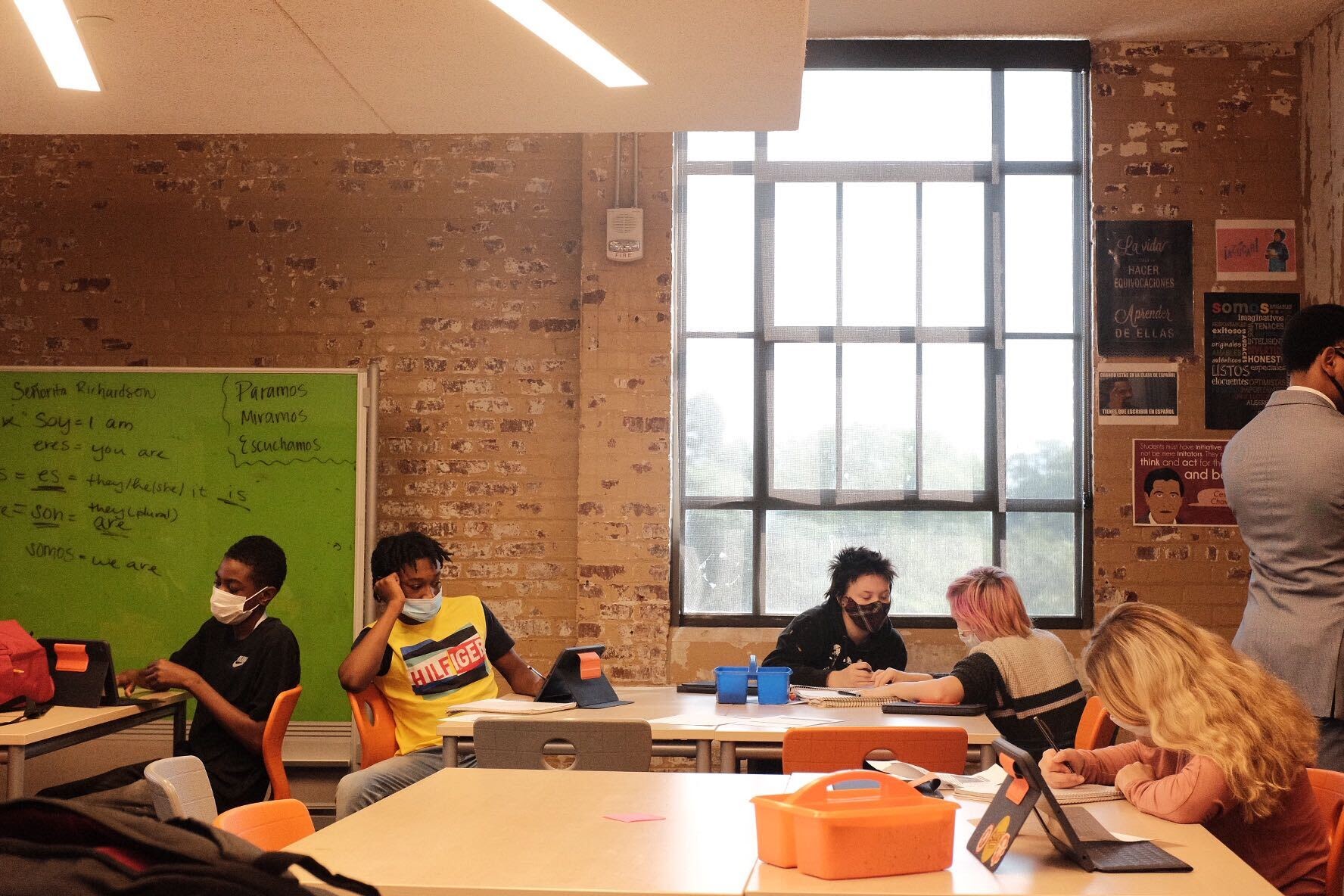
The thematic journeys that students engage in over the course of their four years at Crosstown are guided by questions such as, “What systems shape power in Memphis, and how do we affect change within those systems?” Teachers spend time working together to align their teaching and capstones to these themes.
For their capstones, students opt into a “strand” focused on components of these guiding questions such as the environment, health care, politics, social & criminal justice, and more. Students from within each strand come together, guided by teachers, to collaborate on nuanced personal research questions, which lead to exercises such as “expert interviews” with community partners and PechaKucha presentations. Students’ capstone work ultimately culminates in advocacy campaigns and project showcases (one of the keys to high-quality PBL).
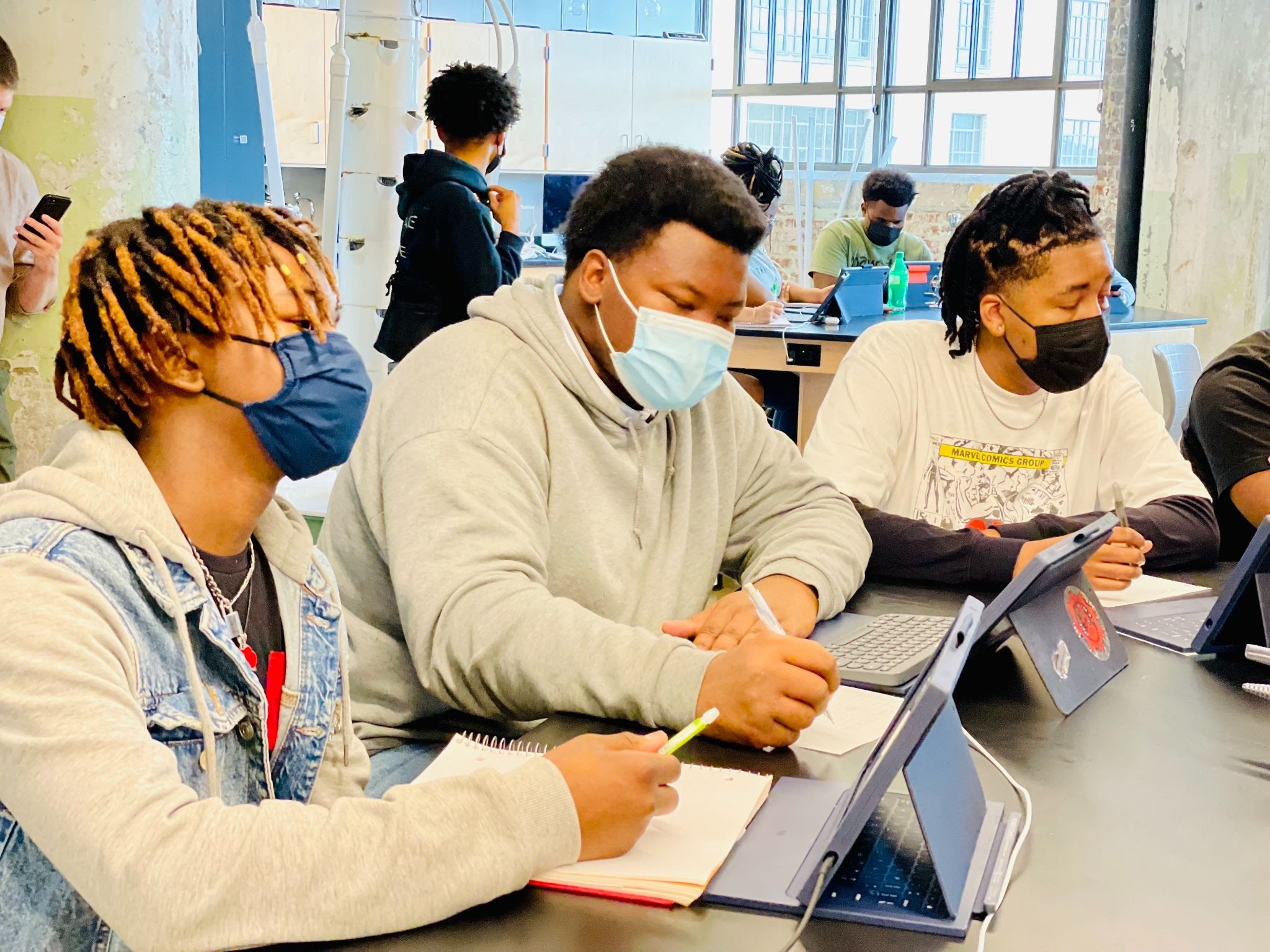
These experiences are built upon a foundation of competency-based learning, which has given weight to many of the experiences students engage in. When asked what her favorite part of Crosstown was, Harmony, a senior, replied, “The competencies have been my favorite part–they helped me become who I am, and develop and become confident in my skills.”
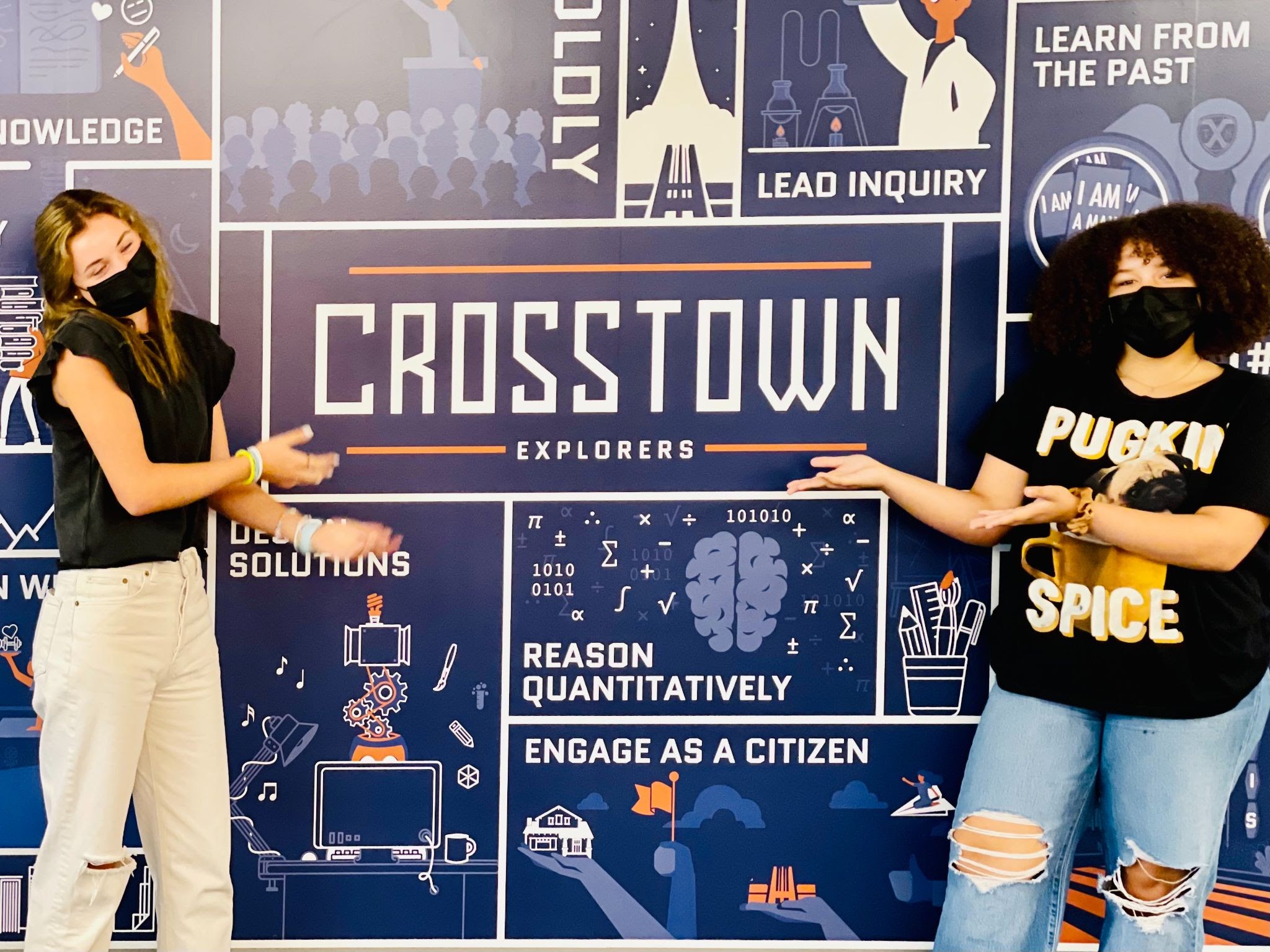
Inspiring Spaces and Strong Relationships
Another inspiring component of the Crosstown High experience is the strong relationships between students and adults, and between the school community and the space that they occupy.
Crosstown has created a culture in which it doesn’t matter if a teacher is speaking to a student, a student to a teacher, or a student to a student–there is respect. We saw teachers delivering content in a manner that is meant to engage students, focusing on student contribution, questioning, and thoughtful instruction. “It’s important to be able to be vulnerable with teachers,” said Ava, a senior, when discussing the support they have received.
Students also have meaningful opportunities to both impact the spaces within the school and engage in the businesses surrounding it. Many of the school’s spaces have been enhanced by the addition of student-created art collections and student-supported murals that adorn the various hallways of the school.
Crosstown has created a culture in which it doesn’t matter if a teacher is speaking to a student, a student to a teacher, or a student to a student–there is respect.
Rebecca Midles and Erik Day
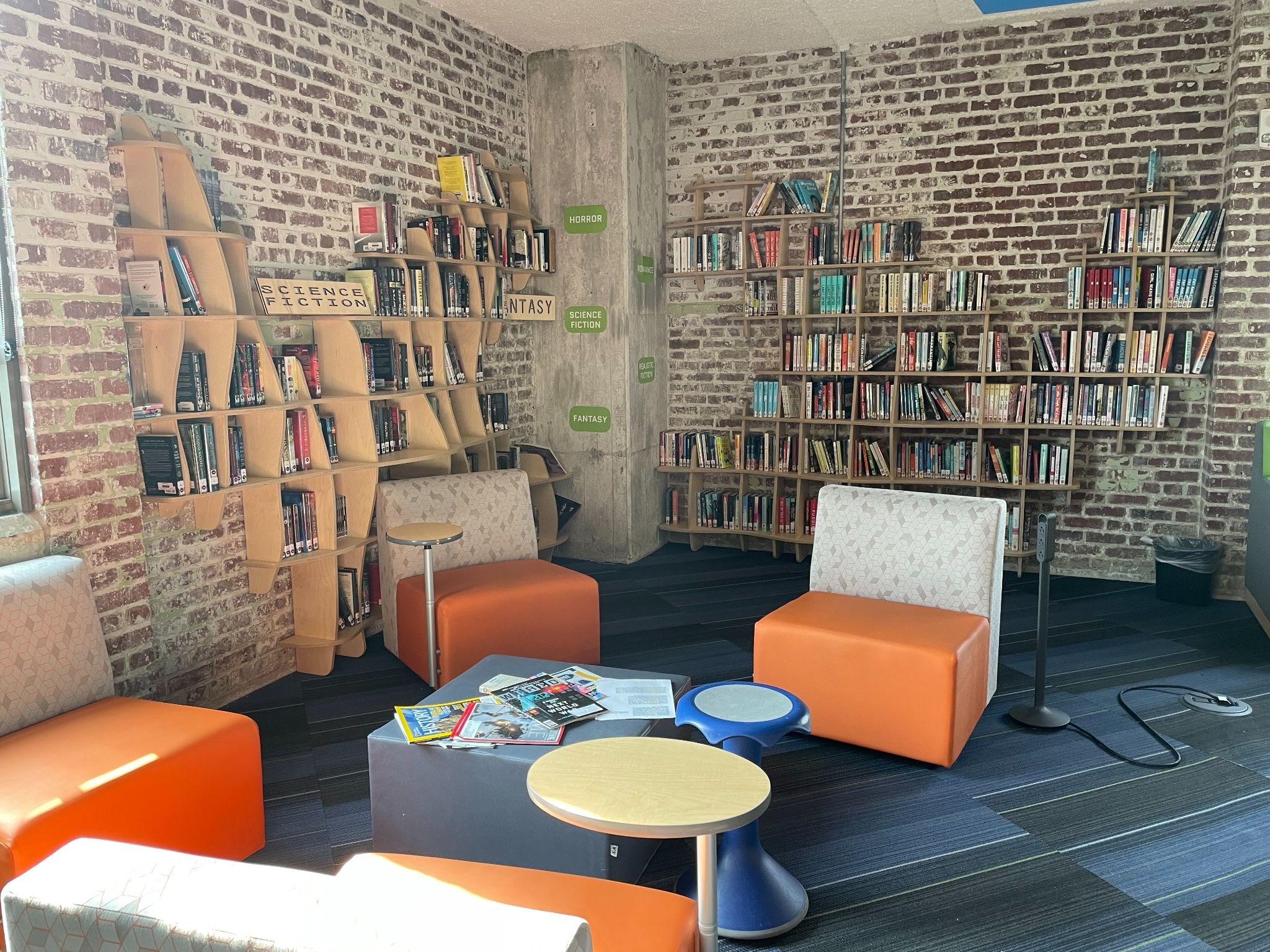
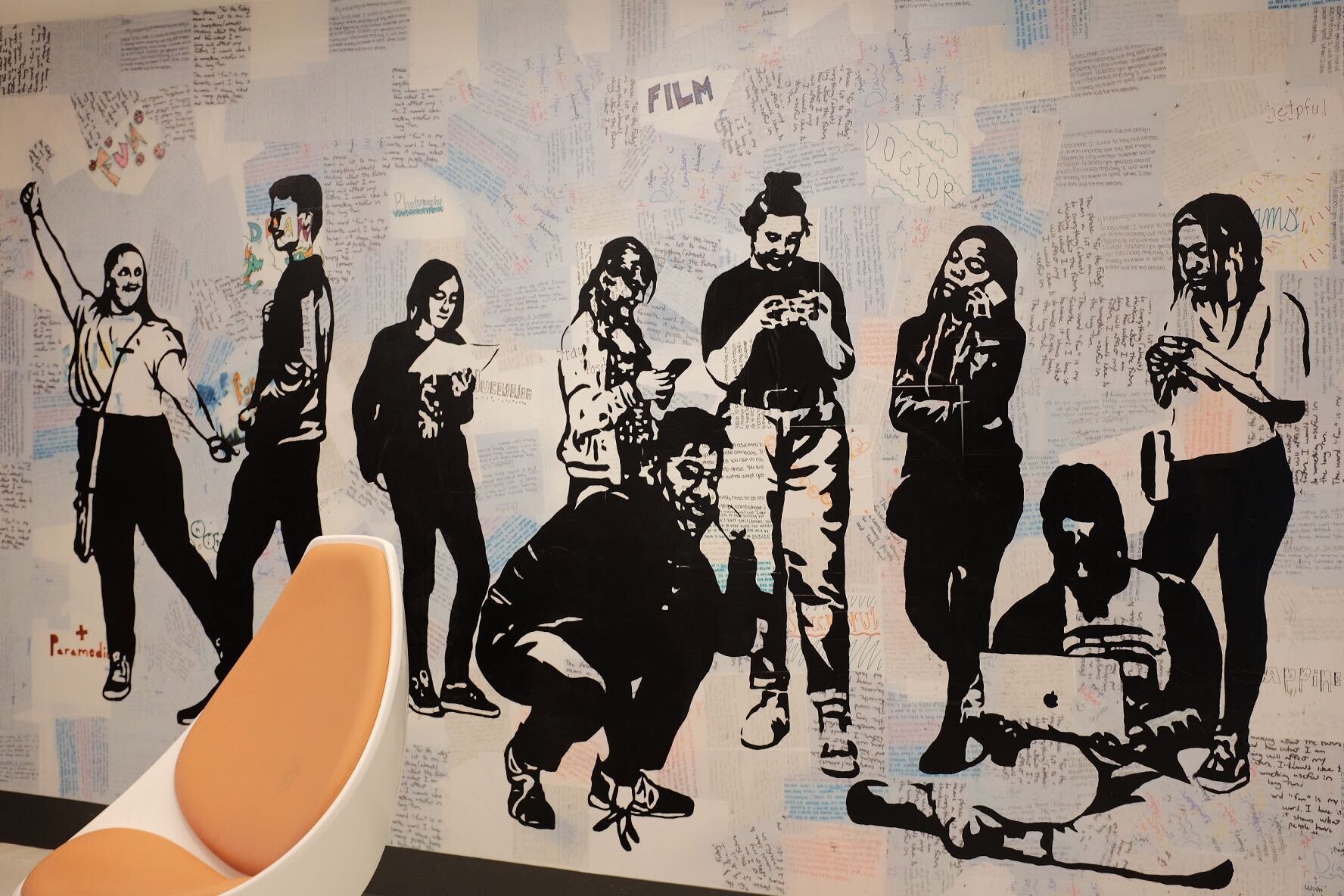
The opportunities for students to engage with the space and people around them are not limited by the school walls. This is where Crosstown’s High location within the Crosstown Concourse becomes so powerful. To more deeply connect with the grade-level themes and projects described above, students have regular opportunities to engage with the businesses at the Concourse. For example, in one project focused on understanding refugees’ experiences, students went to a restaurant at the Concourse co-owned by three refugee chefs to interview them about their individual experiences. The school has also partnered with the Church Health Nutrition Center, which has a kitchen that students are able to utilize to practice building healthy dietary knowledge and habits.
These priorities contribute to one of the most encouraging components of Crosstown that we observed–that students often and openly reflect on how they personally have contributed to the school’s culture, spaces, and practices using pronouns such as “we” and “our.” It is clear that their culture of trust, respect and student leadership have made a big impact on the leadership and investment students have in the school.
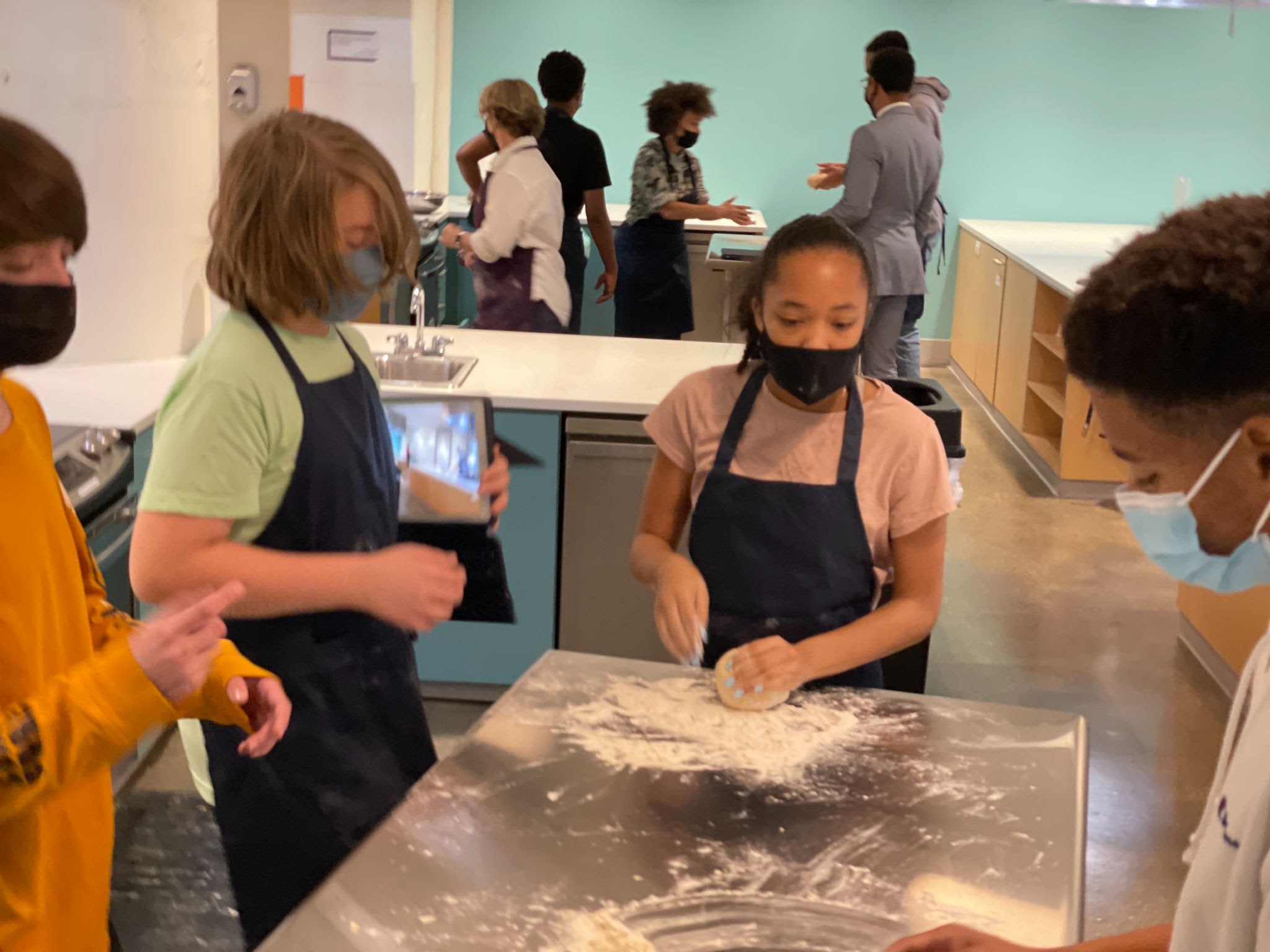
Concluding Thoughts
Crosstown High is a model of whole-student, personalized, and authentic learning that demonstrates what a commitment to competency-based education can yield for a school, and we look forward to visiting again. One student’s words in particular still echo in our minds: “The competencies we gain here aren’t standards for being a student–they’re competencies for the rest of your life.”
We aspire for all students to be able to say the same.
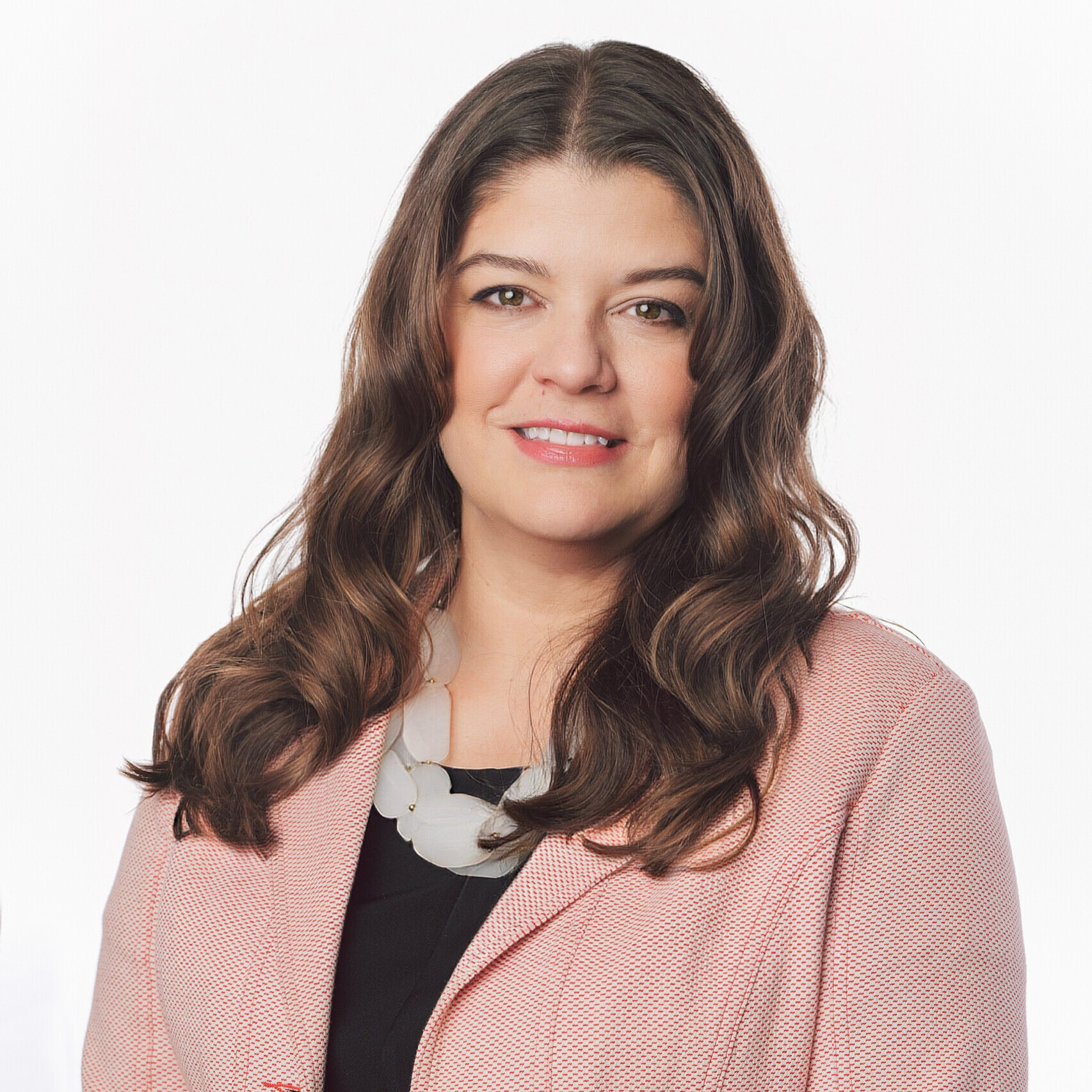


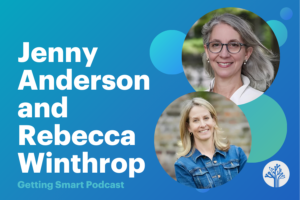

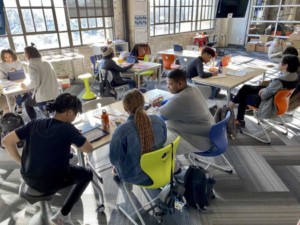
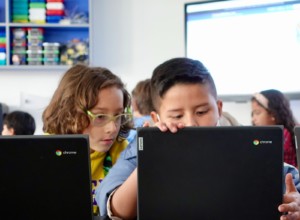
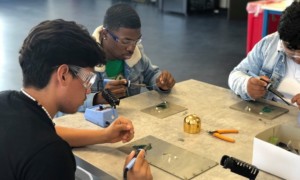
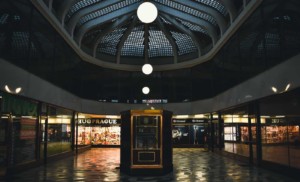
0 Comments
Leave a Comment
Your email address will not be published. All fields are required.